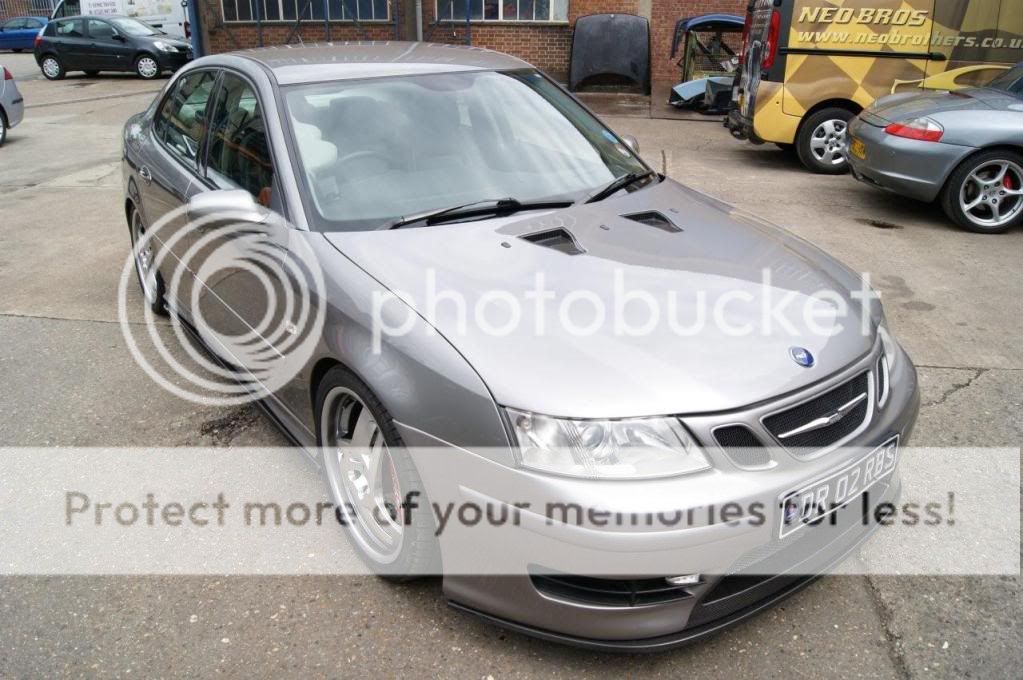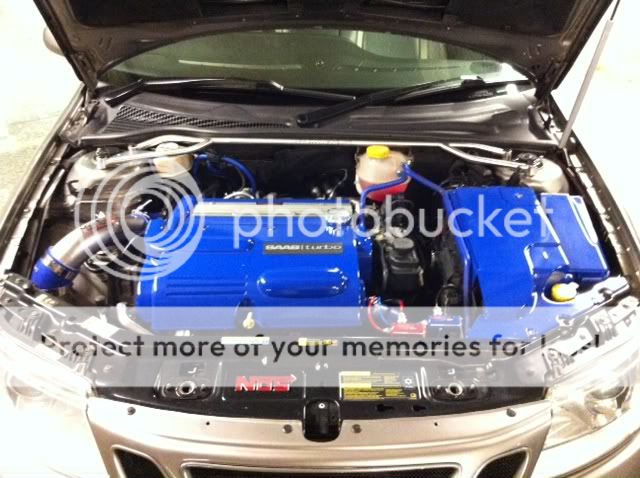Impressive, especailly since all the panels were made from flat steel and hammered into shape. What is the car based on chassis wise?
Thanks very much Waynne. Really appreciate the thumbs up.
The chassis was also built completely from scratch...but before I get into that, maybe I should probably give a little [FONT=verdana, arial, helvetica]
background on what inspired me to start creating this vehicle when I was around 16.
Basically one evening, my dad and I began discussing whether to keep searching for a 50's/60's vehicle to customize or ... an idea totally off the wall.... venture out and build something from scratch. We were having a hard time finding something cool to bring home and customize so this lead us to sketching out a few conceptual drawings for a custom mid-engine vehicle. [/FONT]
Some styling cues were borrowed from classic European sports cars as well as American muscle cars of the late 60's..thanks to all the photos I was collecting over the years. The SR-71 Blackbird played a key role with regards to the shape of the vehicle - such as the concave surfaces flowing from the front fenders and into the turbos...my dad is really into planes and jets. The interior design was based loosely around a fighterjet cockpit. Our goal was to create something that may have resembled a factory produced elegant supercar in the 60's.
A shot of the SR-71 depicted on the car's show poster.
Then the fun began - building the car. By this time I was 19/20...for the prior 3 years after my homework was completed...of course

... I would sketch out ideas, learned how different suspensions worked, studied chassis designs... and so on. I still have the 3" binder full of this information I scrounged(from the library since the internet wasn't that mainstream back then) as well as a Chilton's Automotive repair manual covering vehicle repairs from the late 50's and 60's. My dad insisted that this was an important step prior to tackling such a project...
So, under his guidance and with the limited tools I had available to me I learned how to shape metal, weld, do bodywork, and paint. I had some experience repairing our own vehicles, but not to the degree required in creating an entire car. That came from just picking up the tools and getting into the work.
A few more photos.
Cockpit inspired interior
Upper turbo scoops used for the cold air induction...the 365HP engine loves all that extra air

The front of the engine(pulley end) is facing the rear of the vehicle...for better weight distribution towards the center of the car.
Now, in regards to your question about the chassis...
The chassis was designed and fabricated from scratch. DOM tubing was bent into a full length frame - 2 continuous rails per side(stacked one over the other with a web in between) to create an I-beam effect. A FWD engine cradle from a mid-size vehicle which had the lower A-arms and sway bar already incorporated into it was mounted in the rear with Thunderbird McPherson struts utilized for the rear suspension. Rhythm's front suspension uses a twin A-arm setup with manual rack and pinion for steering.
The DOM tubing provided the perfect opportunity to eliminate cooling lines between the engine and rad by running the coolant within the frame itself.
Thanks for looking. More to come...



































































